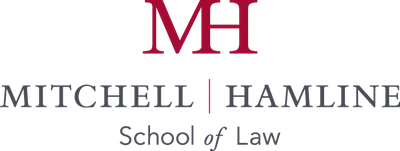Finding a job in the professional world after being in the student world can be difficult if studentss do not keep an eye on thier online profiles or “digital imprint.” Negative information is called “Digital Dirt.” Many employers use search engines, social networking sites, and other “people-finding” sites to find information about prospective employees.
This page will take students through a process of finding out what information is about them online as well as tips and tricks for managing this information.
What is an Online Social Network?
A social network is a social structure of usually people or organizations that are tied to each other by different types of interdependency such as educational affiliation, friendship, kinship, and values. An online social network uses a complex software to affiliate people based on these and other criteria. Wikipedia has compiled a comprehensive list of online social networks from around the world.
List of Online Social Networks
Even if you are already a member of one or more of these sites, pick one from the list below and explore its features. Look at the focus and target population for users. What stands out as the best feature? What is the worst feature?
Is there an etiquette or are there laws associated with using online social networks?
Technically, there are very few official rules about using online social networks outside of the user agreement. However, there are unofficial rules of etiquette that have developed through users of many of the social networking sites.
Read: Tamar Weinberg’s post on Tech Etiquette
Read: An Insider’s Guide to Social Media
What other rules would you place on users of online social networks?
How do I find out what information is about me online?
There are several different tools to assist you in finding your digital footprint and any digital dirt.
Step 1: Search for yourself using one of the big search engines like Google or BIng
Use Quotation Marks around your name.
If you have a common name, use your location, middle name or other identifying information.
iSearch searches blogs, news and social networks based on a name and location. A lot of public information not included in Google searches can be found in an iSearch.
Step 2: Check out your profiles’ privacy settings.
Decide who of your “friends” can see what. Facebook and MySpace offer several layers of privacy settings.
Editing your Facebook Profile Privacy Settings
Step 3: Evaluate the information available about you online on each different site using the following criteria:
1. Who can see my profile? Everyone, only friends, only select friends?
2. What are the search settings for me in each of my profiles? Is it easy to find me?
3. Is my profile picture appropriate for strangers and employers to see? Avoid pictures of you drinking alcohol, or in revealing clothing in your profile picture.
4. What other pictures are available of me online that could be misconstrued or misinterpreted?
5. What about my headlines and status? Are they appropriate? Keep in mind that not everyone “gets” a specific movie quote or inside joke. It may be funny for those “in the know” but ask yourself if it could be misunderstood by others.
6. What are others saying about me? What do people say on your wall or bulletin space? Do people blog about you?
7. Is there anything that I’d like to keep hidden or have removed? If you find information that you’d like removed, but do not “own” it, ask the site or profile owner to remove it. If they don’t comply, you can open a dispute through the hosting website
Step 4: Combat potentially bad information with good information by joining a professional social networking site.
Online Social Networking Resources
Taking Care of Your Digital Dirt
Social Networking Etiquette: Rules and Guidelines
Maximizing Online Social Networking
You should now be able to identify areas where you need to be more cautious online. Just remember to watch where you put information about yourself and keep the tips from this lesson in mind.
